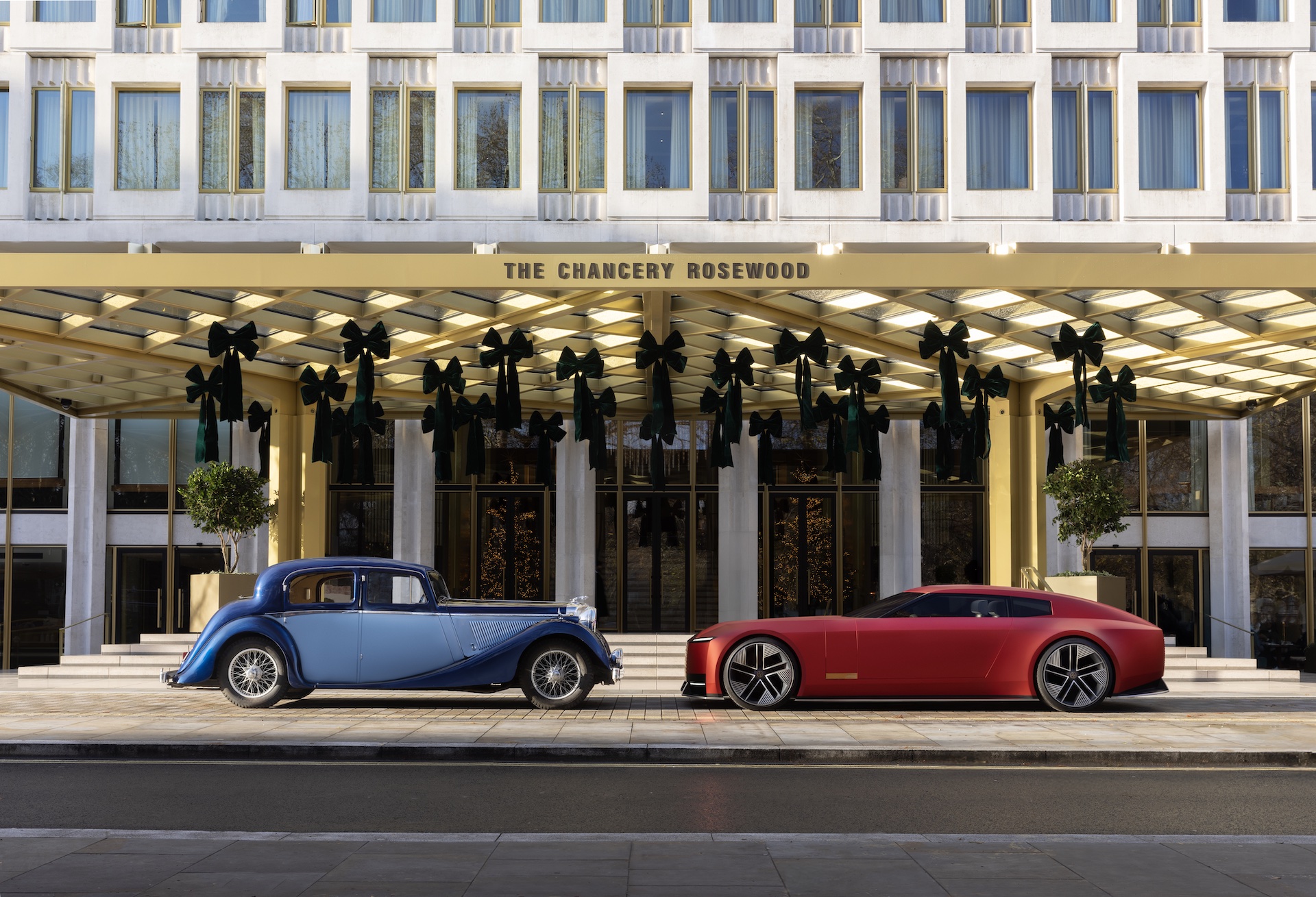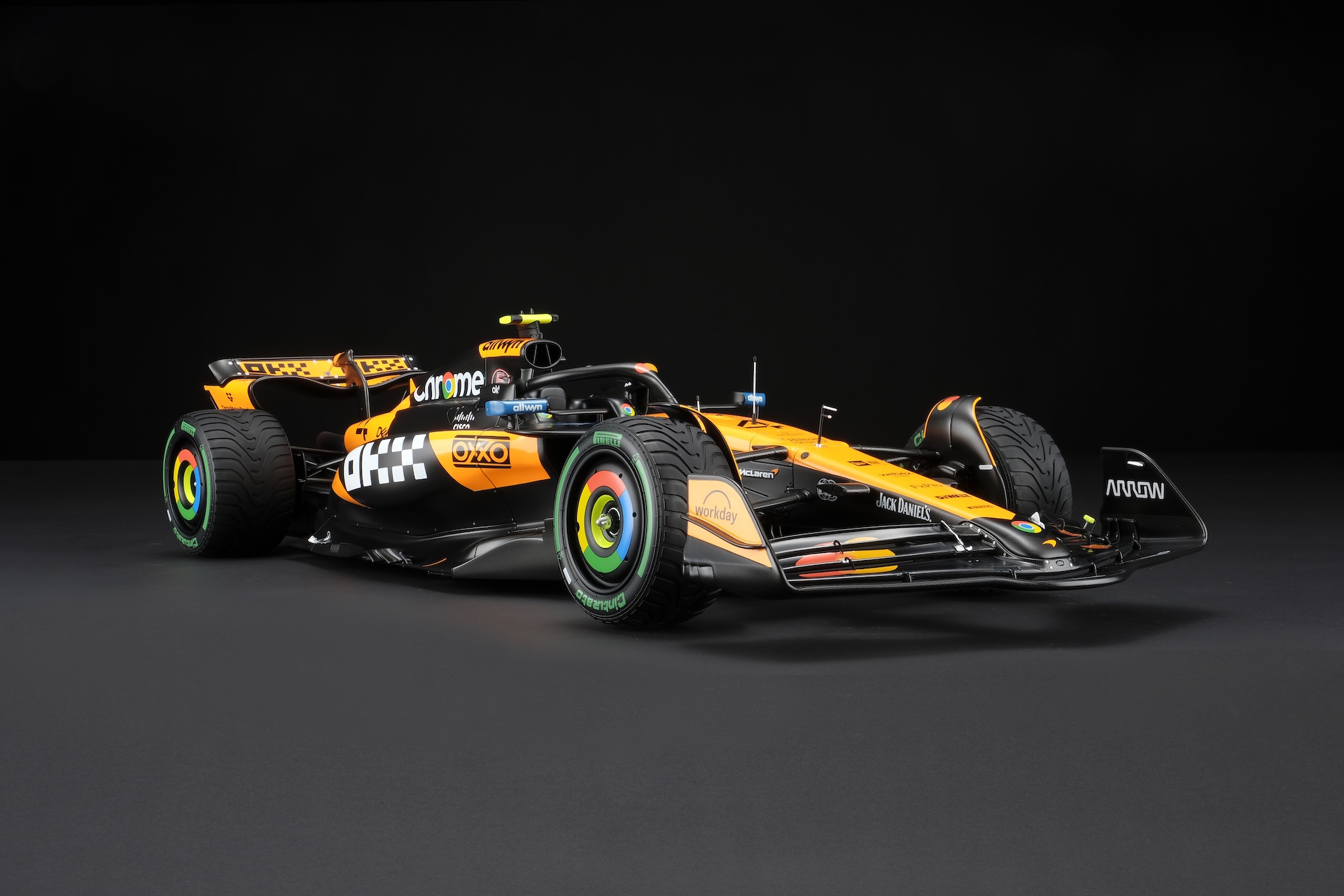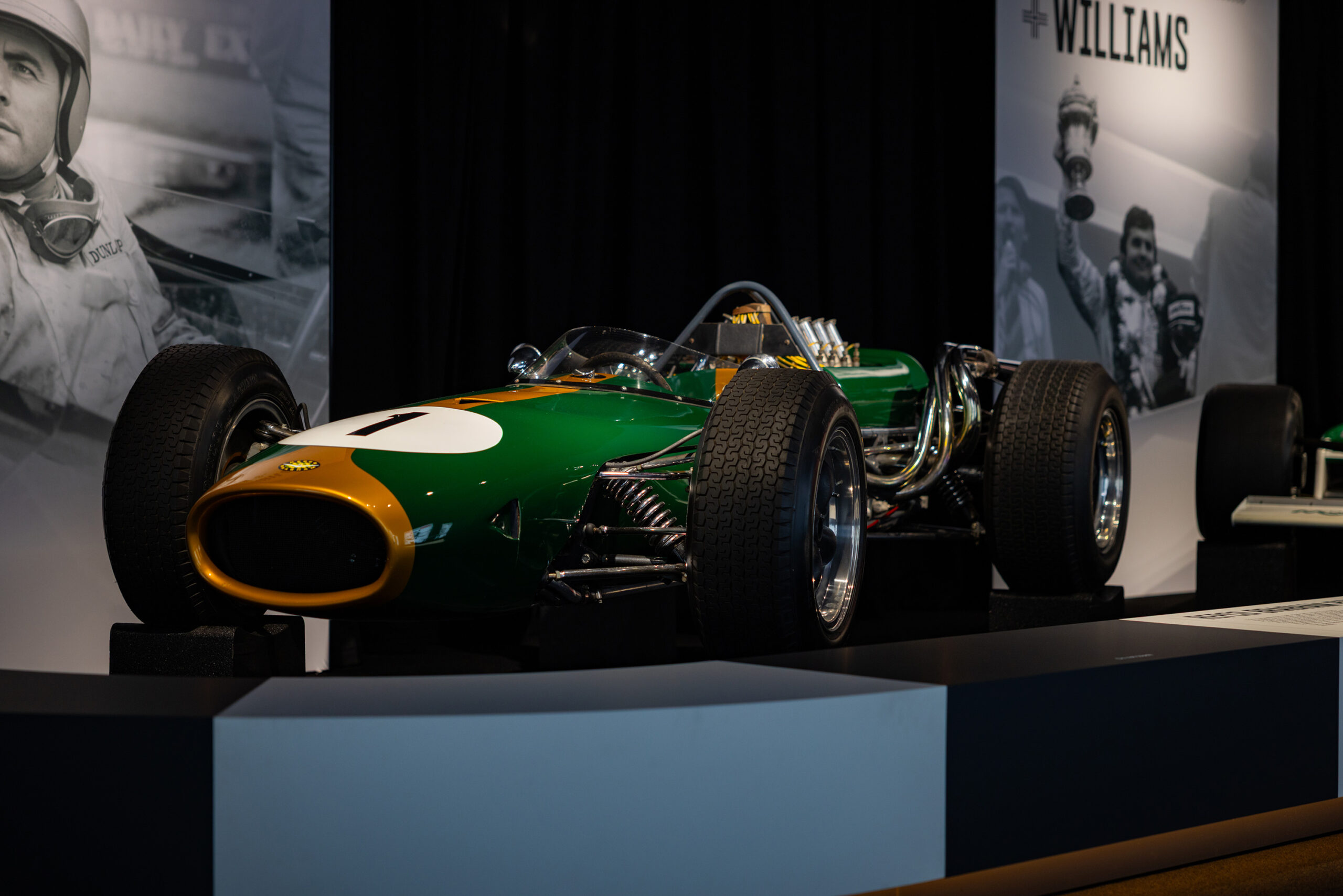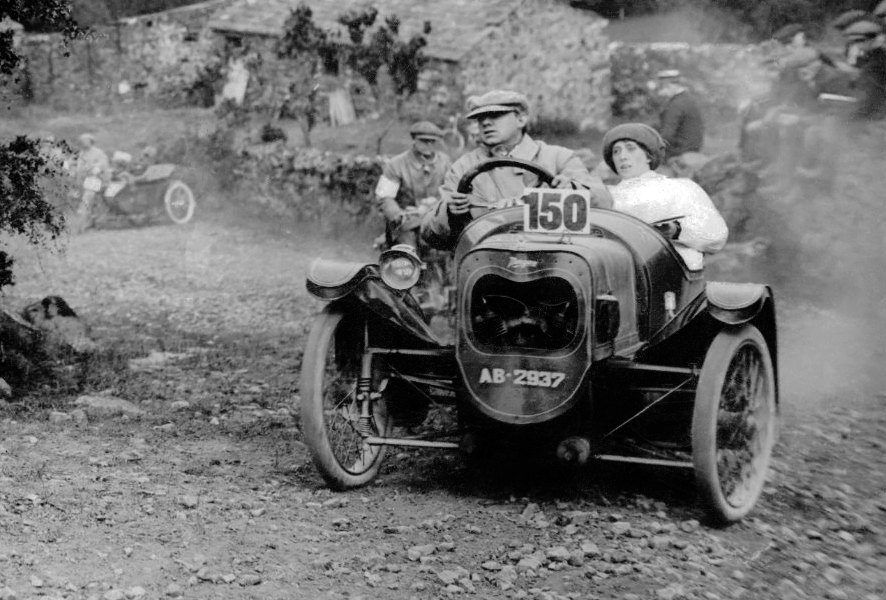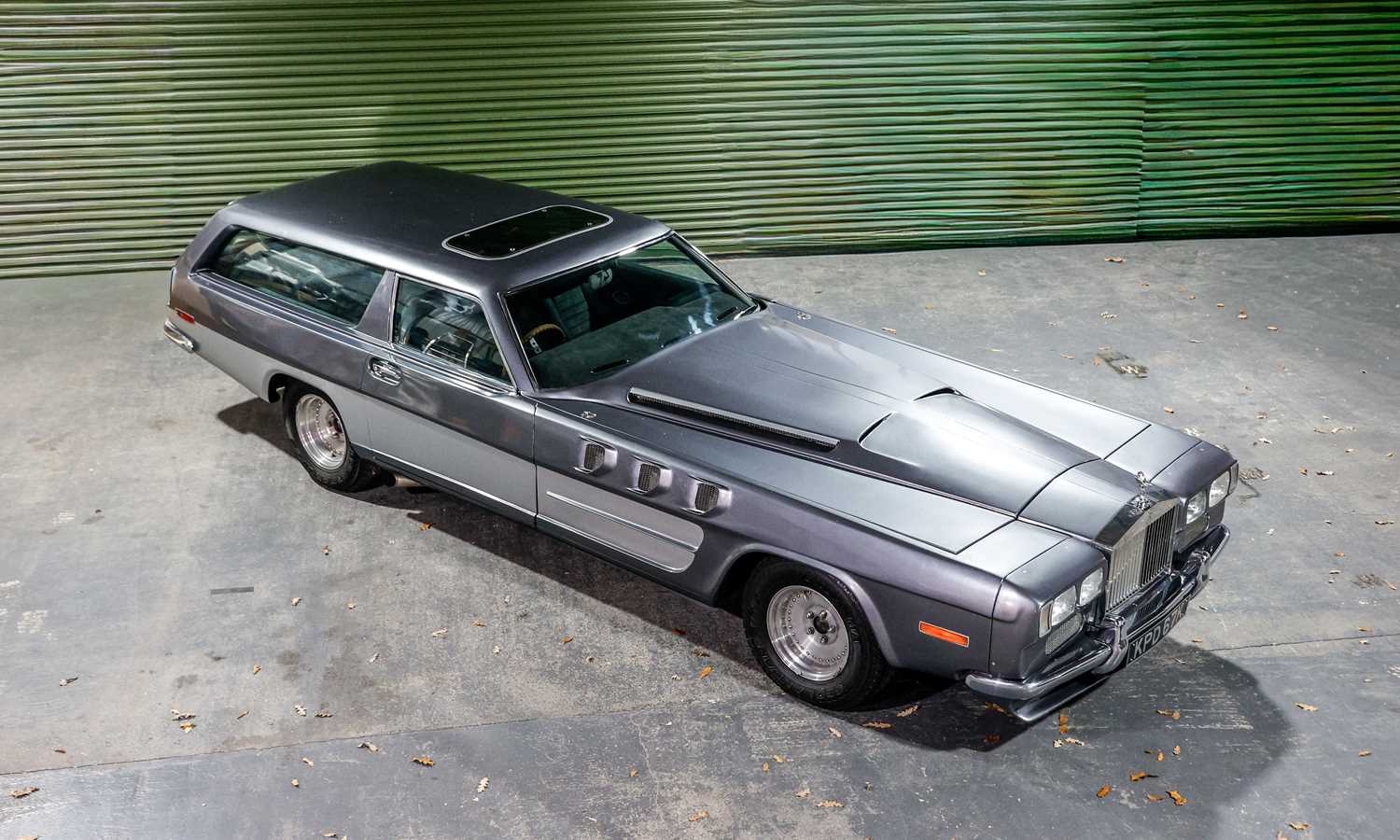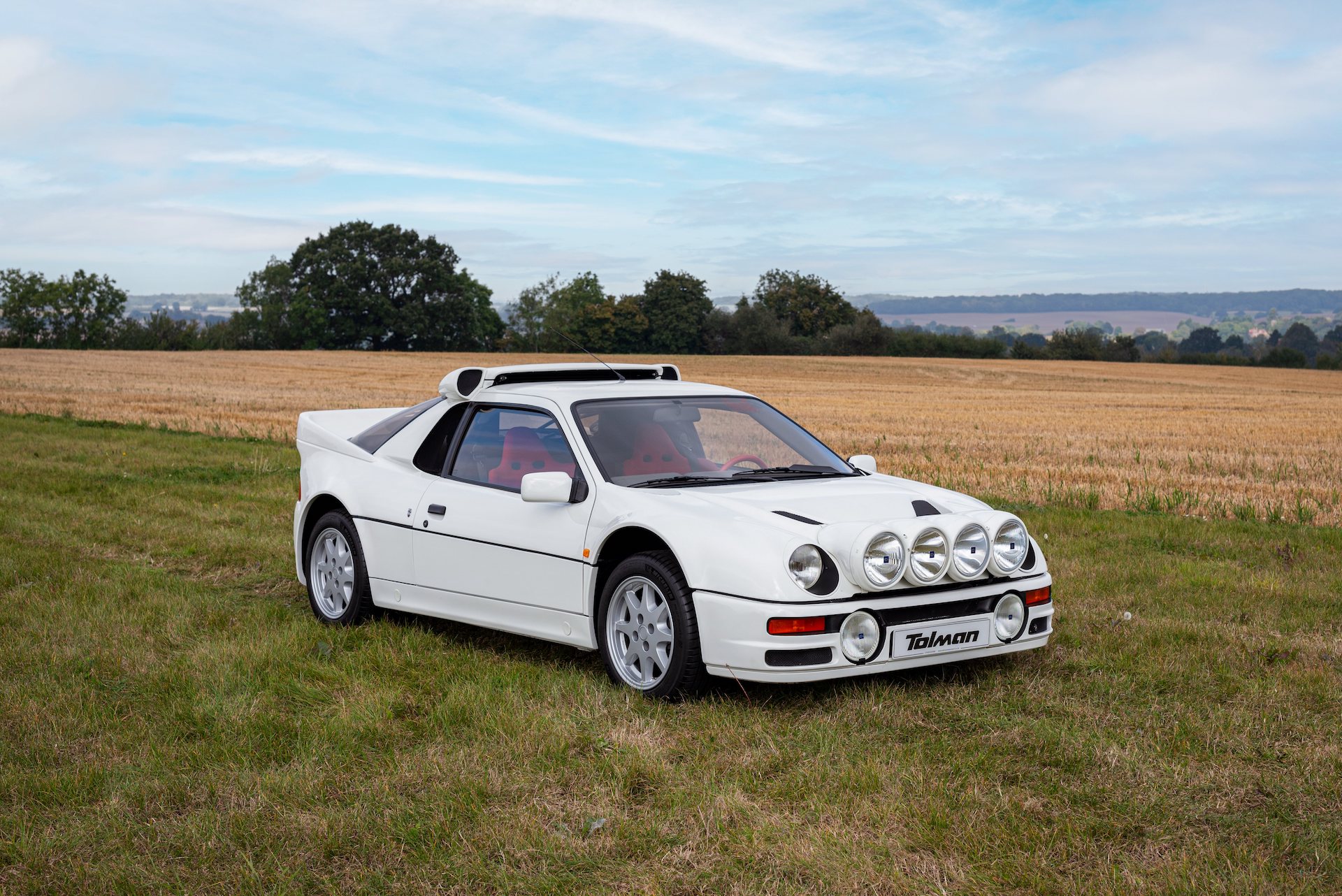Gordon Murray will be under the spotlight at the 2025 Festival of Speed, with the greatest hits of his 60-year career in car design set to be on display as part of this year’s Central Feature.
His road car company, Gordon Murray Automotive (GMA), will be a major element of this year’s celebration, symbolising the culmination of Murray’s life that has seen him forge a legacy as one of motorsport’s great innovators.
Murray’s lifetime of automotive innovation and achievement began in his native South Africa, where he designed and developed his own racing car, the IGM-Ford, in his parents’ back garden.
After moving to the UK in 1969 he found work at the Brabham Formula 1 team where, under the leadership of Bernie Ecclestone, he was promoted to the role of Chief Designer, delivering the BT42.
Over the following decade his genius was given space to bloom and his developments eventually led to one of the most extraordinary racing cars in history, the Brabham BT46B.
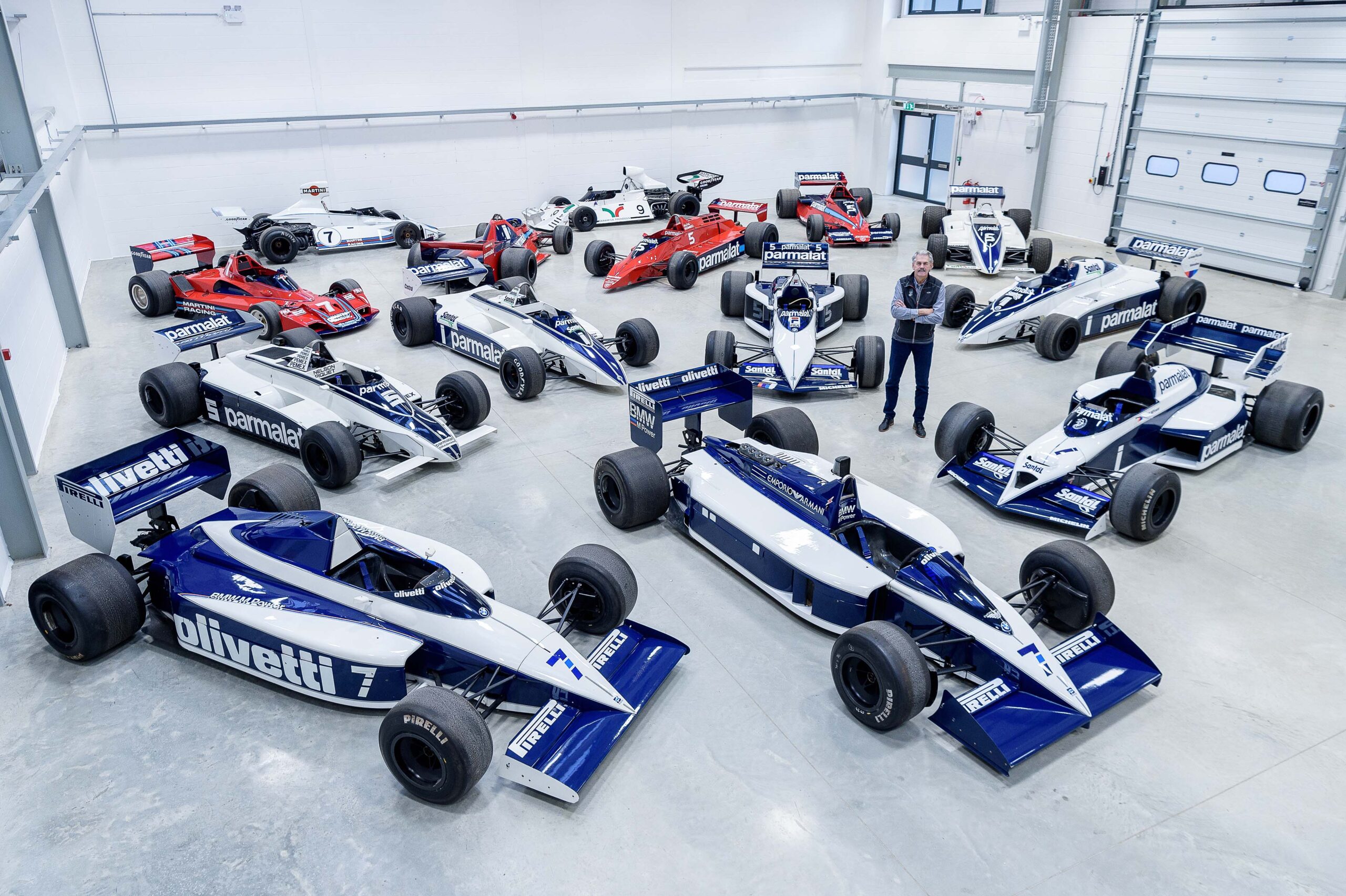
The ‘fan car’ as it has become known was an audacious piece of engineering that threatened to rock the foundations of F1. Such was the BT46B’s remarkable performance advantage, thanks to the unbelievable amounts of downforce it generated, Brabham decided to withdraw the car from competition for the good of the sport.
Murray’s genius yielded World Championship glory in 1981, when his BT49 carried Nelson Piquet to the Drivers’ Championship, a feat he repeated two years later with the BT52.
More innovation followed in 1986 when Brabham rolled out the BT55, with its BMW engine tilted on its side to increase airflow to the rear wing. The concept was brilliant but reliability issues ultimately stifled its results.
Murray’s success at Brabham earned him a move to McLaren for 1987, where he took on the role of Technical Director at the head of a team that included some of the sport’s leading designers and engineers.
It was during his time at Woking that Murry developed one of the greatest F1 cars of all time, the McLaren MP4/4, which won 15 out of 16 races in 1988, carrying Ayrton Senna to his first World Championship.
The MP4/5 and MP4/5B that followed were also Championship-winning cars, marking the end of Murray’s day-to-day involvement in Formula 1, as he shifted to head up McLaren’s new road-car programme.
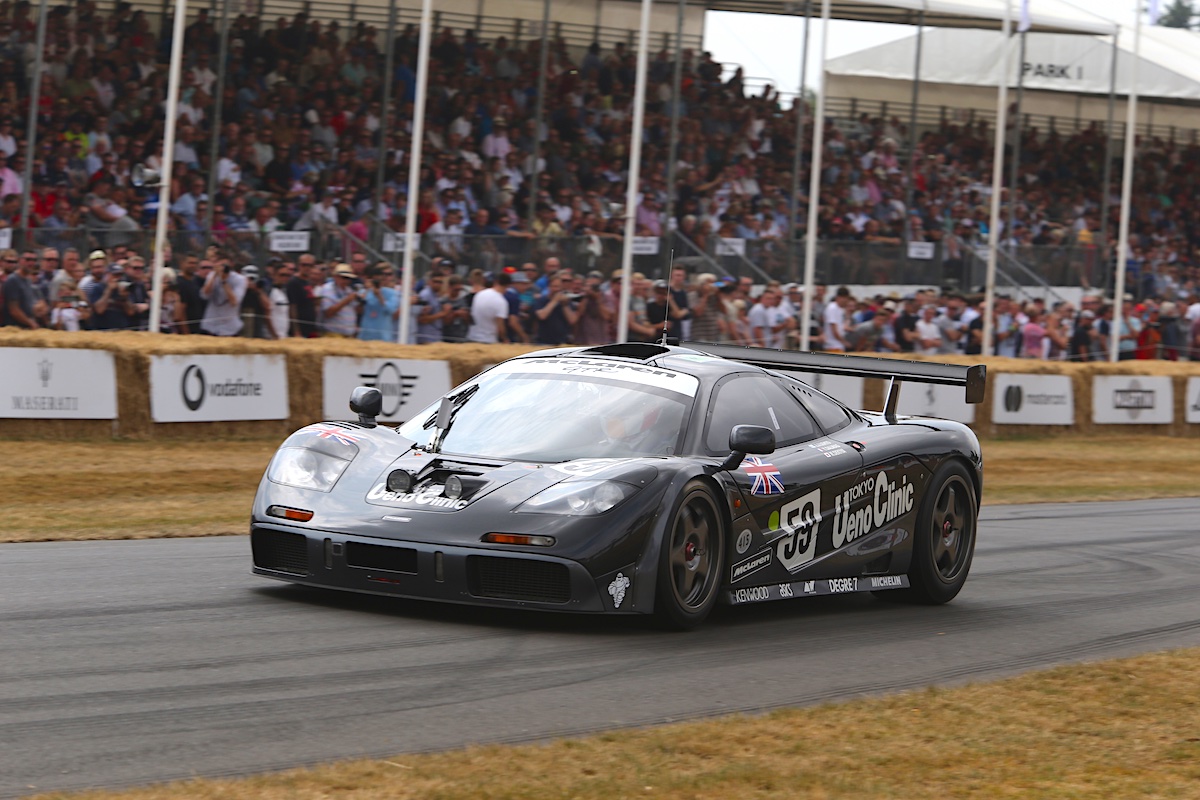
Once there, Murray set about designing and developing one of the world’s greatest ever road cars, the McLaren F1. With its distinctive central driving position this iconic machine set a new world record as the fastest production car in 1998, reaching a speed of 240.1mph (386.4km/h).
Almost 20 years later, Gordon Murray Automotive (GMA) was born, and Murray was busy developing the spiritual successor to the McLaren F1. That car, the T.50 is another V12-engined masterpiece and was first introduced to the public at Goodwood in 2021.
Regarded as the crowning moment in Murray’s life in design, the T.50 is a road car that incorporates many of his greatest innovations, including the fan made famous by the Brabham BT46B.
Since its arrival, GMA’s range of cars has grown to include the T.33, the T.33 Spider and the T.50s, all of which have made their public debut at the Goodwood Members’ Meeting over the past few years.
Murray’s personal connection with Goodwood stretches back to the origins of the Festival of Speed in 1993, when he brought a McLaren F1 to tackle the Hill, setting the second-fastest time of the weekend.
This year, Gordon Murray and his various automotive creations will be the centre of attention across all four days of the 2025 Festival of Speed, with cars set to feature in the Supercar Paddock and a bespoke area dedicated to telling the story of Murray’s career, and the development of GMA.
Goodwood will also once again serve as the host for GMA’s latest car reveal, where the company will showcase its newest creation in front of the world’s eyes for the first time.
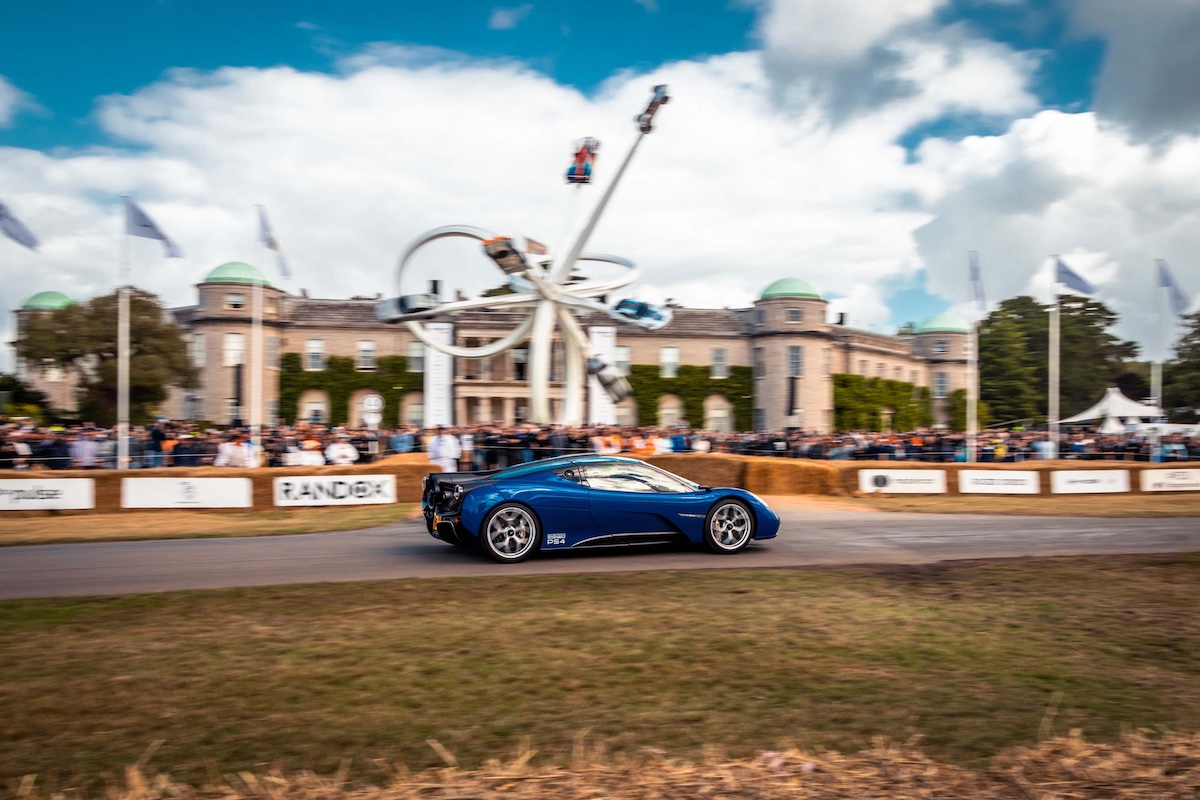
2025 Goodwood Festival of Speed – Gordon Murray 60-year celebration vehicles:
- 1967 IGM Ford (T.1) – The first model designed by Gordon Murray in 1965 and raced in 1967 and 1968 in South Africa, before he moved to the UK.
- 1972 Duckhams LM (T.3) – Murray designed a 3.0-litre prototype for racer Alain de Cadenet to drive at Le Mans in 1972. Completed while working after hours within six months, the Duckhams LM (T.3) finished 12th overall and 5th in its class.
- 1972 IGM Formula 750 (T.4) – Designed during his first two years at Brabham, Murray had to abandon the project mid-build when Bernie Ecclestone promoted him at Brabham. It was the first car design with rod-operated rising rate suspension – a setup subsequently adopted by most Formula One teams in the early 1980s and carried through to the racing cars of today.
- 1974 BT44 (T.6) – Gordon’s first car to win a Formula One race at South Africa’s Kyalami Circuit. It ended the season with a one-two finish, and the fastest lap at Watkins Glen.
- 1975 Brabham BT44B – Subtle changes were made to the BT44 for the 1975 season including stiffening the front of the monocoque, and more carefully honed aerodynamics. The car won at Interlagos, Brazil, and the Nürburgring, Germany, contributing to the team’s second place position in the Constructor’s Championship.
- 1976 BT45 (T.7) – The Brabham team’s first exploration of a 12-cylinder engine (an Autodelta SpA 3.0-litre flat-12 engine)
- 1978 Brabham BT46B ‘Fan Car’ (T.9) – For the 1978 season, regulations stated that any part of the car with a primary function designed to affect aerodynamic performance had to remain stationary relative to the car. Murray realised he could develop a fan system with a primary function of cooling the radiator, and a secondary function of ‘sucking’ the car to the track. The car infamously won the 1978 Swedish Grand Prix with Niki Lauda at the wheel before being withdrawn under Bernie’s orders ‘for the good of the Championship’.
- 1981 BT49 (T.11) – After a 14-year hiatus from its last Drivers’ Championship victory, Brabham finished at the top of the table in 1981 thanks to this car’s ingenious design. Murray and his colleague David North developed a hydro-pneumatic suspension system, which automatically held the car low once the natural aerodynamic forces had pushed it down, neatly circumnavigating a new rule banning driver-operated systems that had the same effect.
- 1983 Brabham BT52 (T.15) – Following a rule change that outlawed skirted cars, Murray removed the side pods, moving 7% more weight to the rear axle. As the first model to consistently utilise a strategic pit stop, it ended the season winning the Drivers’ Championship for Nelson Piquet.
- 1988 McLaren MP4/4 – This model dominated the 1988 Championship with Senna and Prost taking an unprecedented 15 wins out of 16 races to secure the Drivers’ and Constructors’ Championship titles.
- 1992 LCC Rocket – Weighing less than 400kg, the ‘Light Car Company Rocket’ had a 145bhp Yamaha engine and a tandem seating setup. Boasting phenomenally agile handling, the power-to-weight ratio far exceeded even the most powerful supercars of the time.
- 1993 F1 XP3 (T.22) – In designing the F1, Gordon envisaged the ultimate road car. It was the world’s first all-carbon fibre road car and the first road car with ground-effect aerodynamics. In 1993, a McLaren F1 prototype reached a record-breaking 231 mph at Nardo. Five years later, Andy Wallace drove the XP5 prototype at Ehra-Lessien, setting a new production car world record of 240.1 mph, a record that still stands today as the fastest naturally-aspirated road car.
- 1995 McLaren F1 GTR Short Tail – This iconic racing supercar won the 1995 24 Hours of Le Mans. Gordon adapted the regular F1 adding an aerodynamic body kit, carbon brakes, and strengthened suspension, alongside necessary electrical and interior racing revisions.
- 1997 McLaren F1 GTR Long Tail – The ‘Longtail’ F1 GTR weighed around 900kg and produced multiples of the downforce achieved by the ‘short tail’ car. It was enough to win the GT1 class at Le Mans in 1997.
- 2023 GMA T.50 PS4 – Engineered to be the purest, lightest, most driver-centric supercar ever built, the T.50 is powered by a bespoke 3.9-litre, 670 PS V12 engine that revs to a record-breaking 12,100rpm. It also features the most advanced and effective aerodynamics ever seen on a road car – aided by a 400mm rear-mounted fan.
- 2024 GMA T.50s Niki Lauda XP1 – The T.50s Niki Lauda is an uncompromising track-only supercar that enhances driver engagement even further than its road-going sibling. Lighter still than the T.50, at less than 900kg, the more powerful (772 PS/560kW) T.50s delivers a one-of-a-kind on-track driving experience, revving to 12,100 rpm.
- 2025 GMA T.33 AP4 – Offered in coupe and Spider form, the classically-proportioned T.33 is packaged with the 617 PS (454kW) 3.9-litre GMA.2 V12 engine that revs to 11,100 rpm delivering an unrivalled driving experience and thrilling V12 soundtrack.




